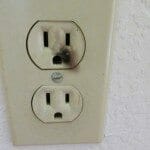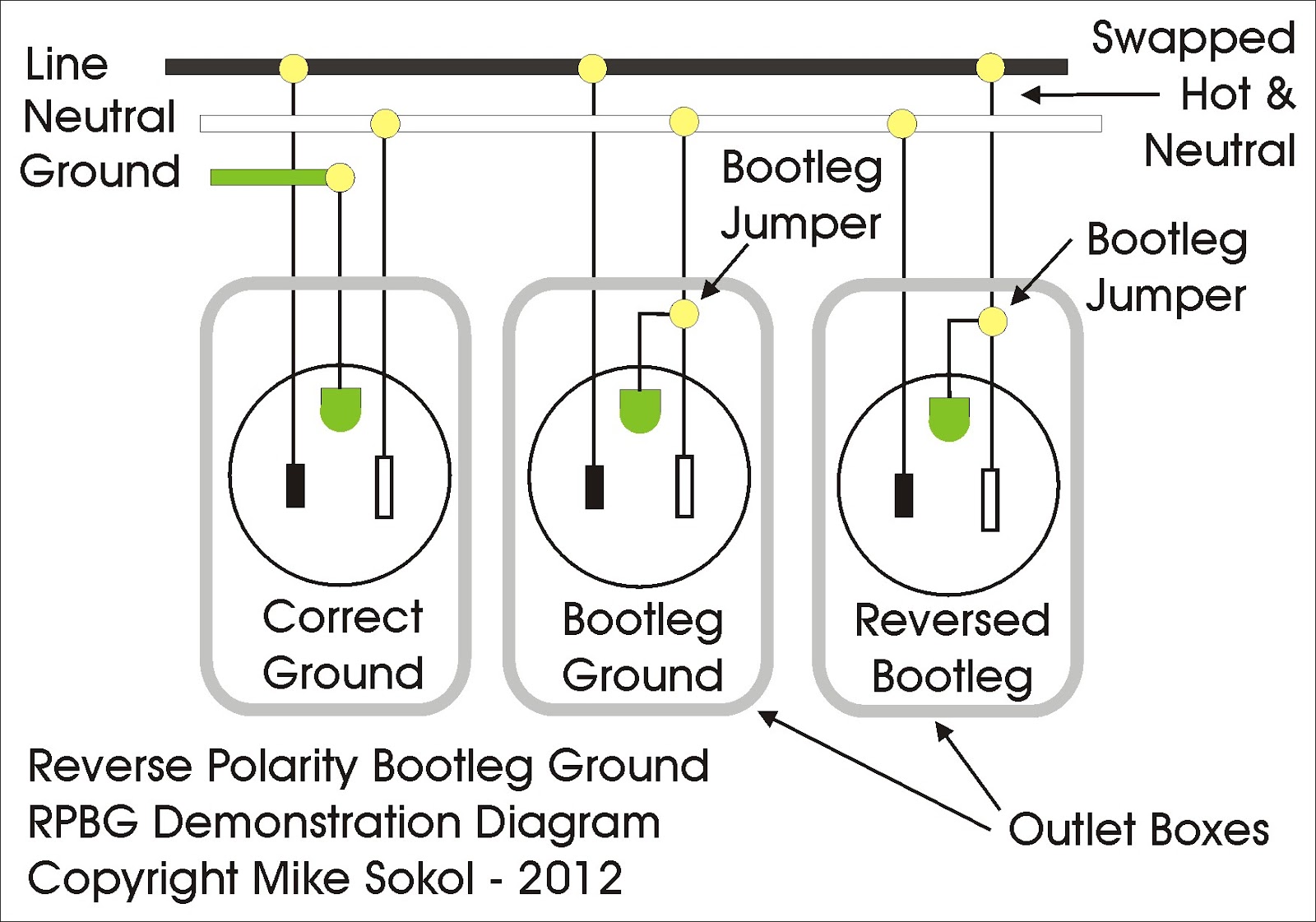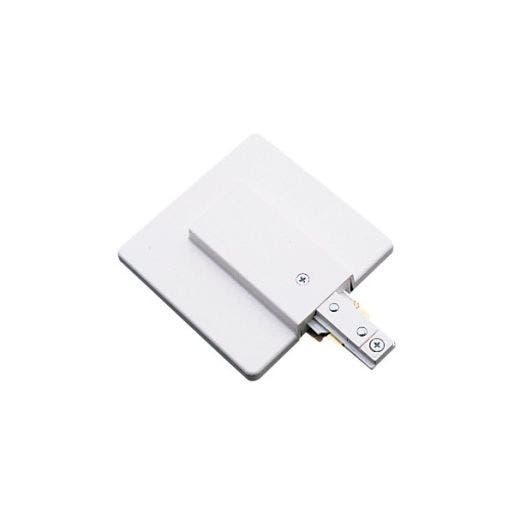

this should help with the discussion:ġ) The house is newly-purchased, not a new build. If however it's the tip of the iceberg of a rewire by a madman, then very urgent and somewhat expensive work may be required.įirst off thanks for all the replies - great to get so much feedback.
#REVERSE POLARITY OUTLET PROFESSIONAL#
Don't use that socketģ) Yes, there is something odd happening and needs professional investigation.Ĥ) Probably not a major expense, if it's an isolated stupid mistake by a professional or an isolated case of uninformed tinkering. Significant voltage on the household neutral (which is what I think he meant) would suggest to me that it is poorly tied to the suppliers neutral - and I'd want that fixed urgently.Ģ) Yes, if a faulty piece of equipment was plugged in. In his position I would have flicked off the main isolater and to see if the problem cleared, then switched on the MCB's one by one. Nor should it be responsible for RCD trips(which happens because the current on the phase and neutral is different - i.e. What exactly did he mean by "live"? I doubt both phase(live) and neutral could be sitting at 240V. Someone who couldn't be bothered to wire up a socket correctly will not have bothered with any other work they did, or tested it.ġ) I can't see how a single socket with live/neutral swaped can explain a "live" reading on the neutral at the electricity meter.
#REVERSE POLARITY OUTLET HOW TO#
I) have someone who knows how to do wring look over the installation. H) switch on and check the lights on the socket tester. One wire to each terminal is a lot easier to get back than three and a double socket is easier than a single. G) screw the socket back, checking no wires are trapped. That includes the earth wires, which you should not have touched. There will be one, two or three wires to each terminal.ĭ) look at the back of the socket, where there will be terminals marked L and N for the live and neutral wires.Į) back off the screws fully and then insert the wires into the correct terminals.į) check that all wires are secure, pushed in fully and will not pull out. These are probably coloured red and black respectively, but may be coloured brown and blue respectively. Check that the lights on the socket tester are now out.Ĭ) unscrew the live and neutral wires from the terminals. Your help would be much appreciated as I've had surprising difficult finding any info about this on the web.Ī) switch off the main switch at the consumer unit. Is the socket likely to be causing any harm?Ĥ) Is getting this fixed a big (and ergo, expensive) job?

All equipment (TV, XBox, amplifier, phone charger) have worked OK thus far. I've found the culprit to be the mains outlet in our spare bedroom, which appears to be incorrectly wired, showing a live/neutral reverse on the tester.ġ) Would this explain both the apparent live neutral reading in our main meter box and the tripping of the RCDs? I always thought RCDs were only concerned with earthing faults, not live/neutral reverse polarity type problemsĢ) I've been using the sockets in that room with no real probles apart from the trips. I today bought a standard socket tester and tested every socket in the house.

Since then we've had three occurrences of the RCDs in our fuse box tripping.

They asked if we'd experienced any problems in the house and we hadn't. They investigated and couldn't replicate the problem. This was potentially dangerous, he said, and he called out the mains engineers. We wanted to get the electric meter changed but when the guy came out to do so, he reported a live reading on the neutral block in our meter box. My girlfriend and I recently moved into our newly-purchased house. Note: This post is talking about UK (220-240V mains supply)


 0 kommentar(er)
0 kommentar(er)
